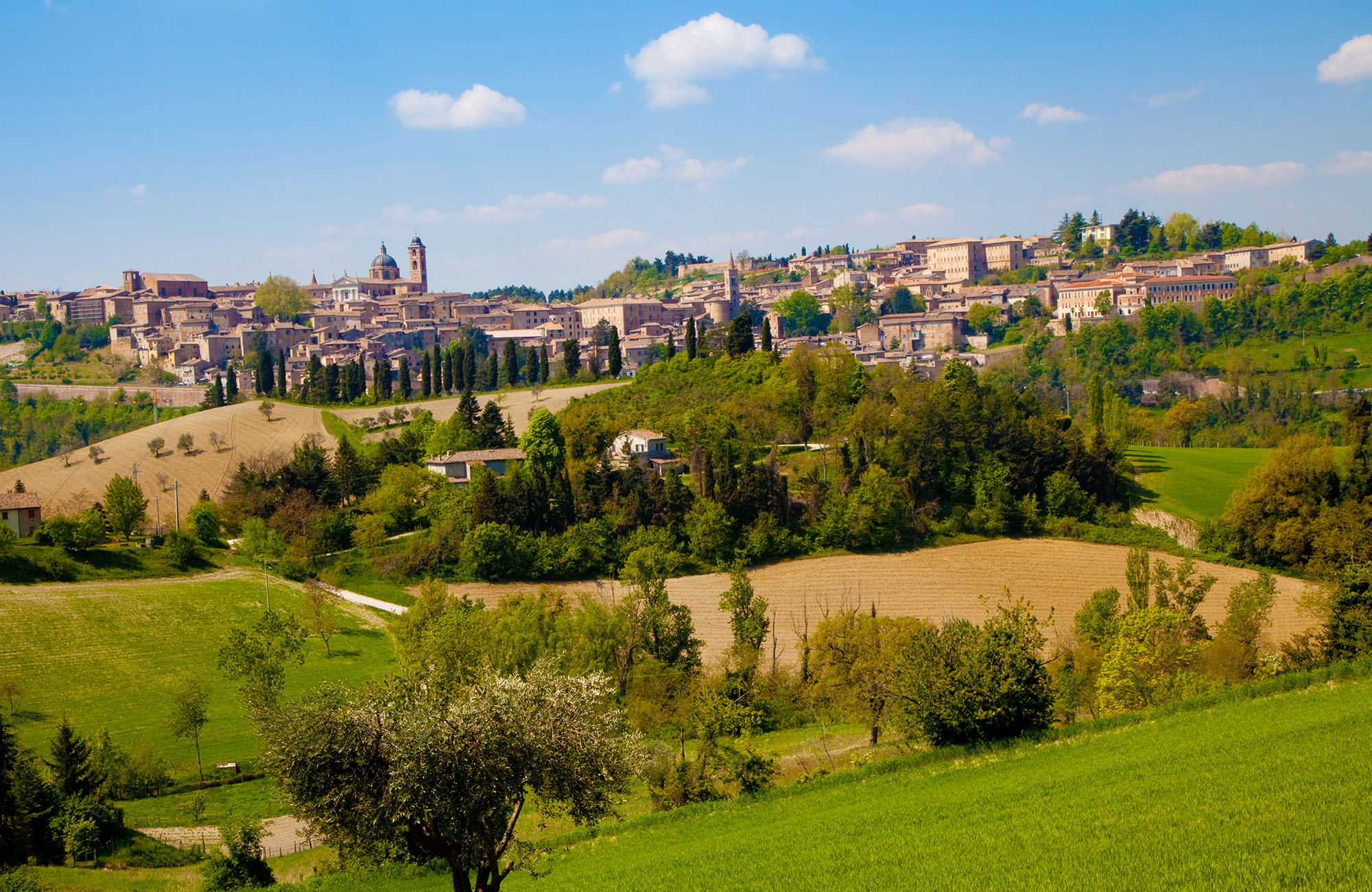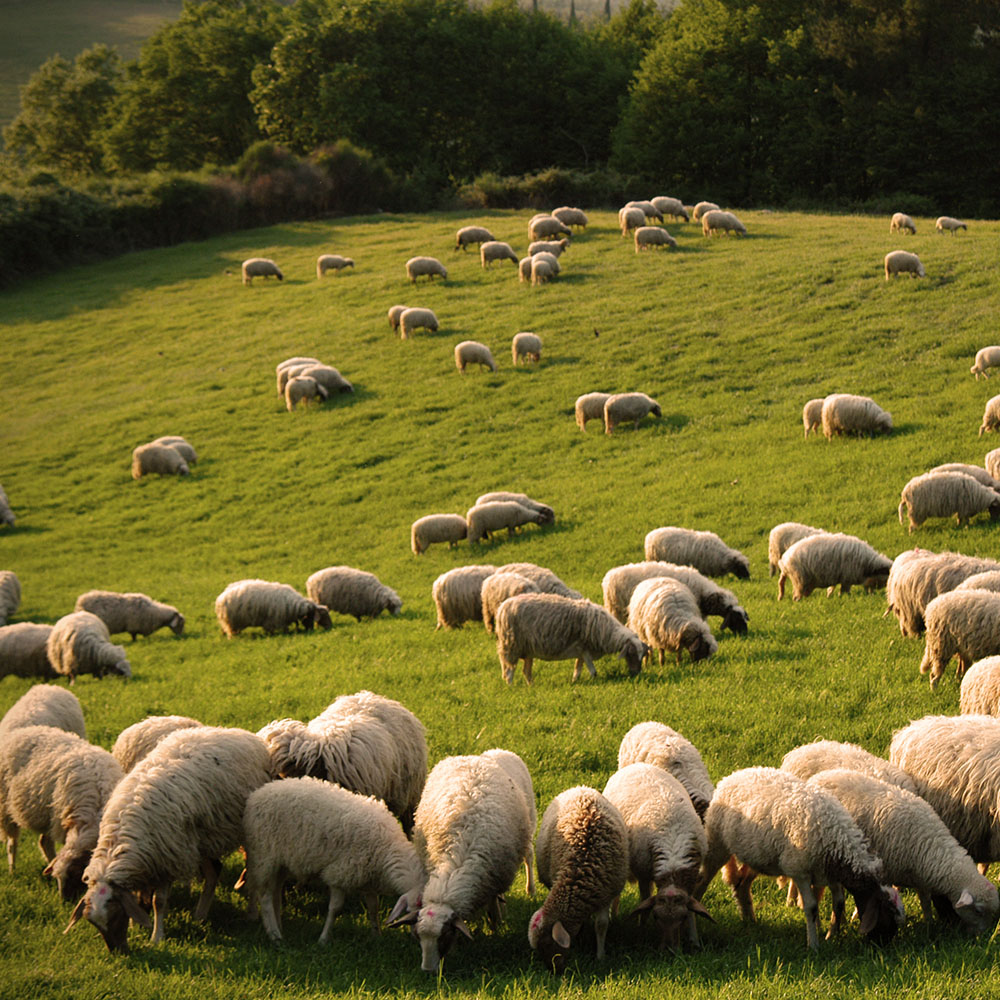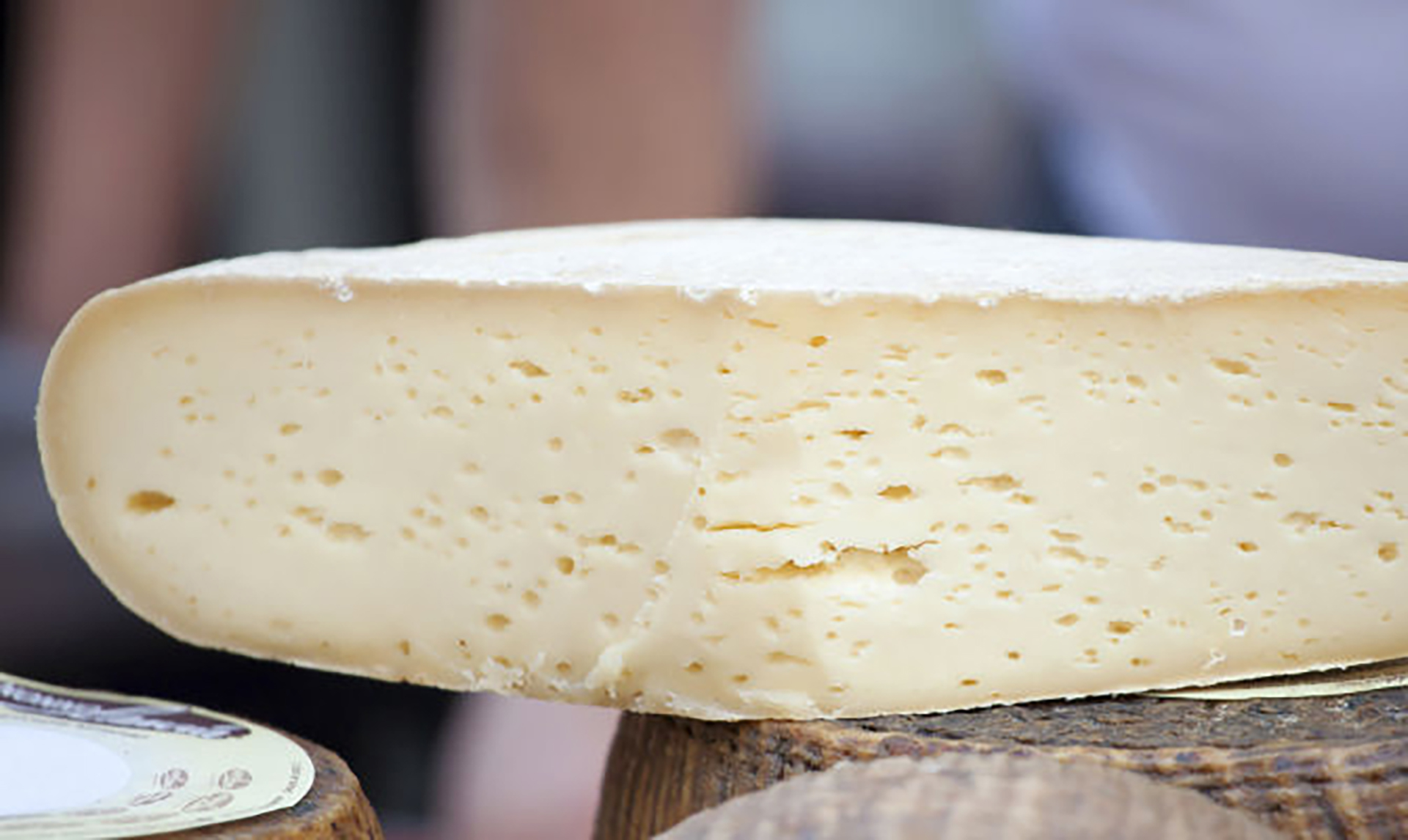Soft and dense, with a sweet and delicate taste, Casciotta di Urbino is a real delight – a cheese to be discovered. Produced in Italy’s region of Marche, it’s a regional delicacy that has been adored for ages. The story of the Casciotta di Urbino is entwined with that of the sculptor Michelangelo Buonarroti who was a passionate consumer of this cheese. History has it that he was so enamored of it, that he was known for sharing it with friends near and far, spreading the fame of this cheese all over the peninsula.
Creating Casciotto di Urbino
The production of Casciotta di Urbino, the only cheese from Marche to have PDO status, is strictly controlled. The cheese-making techniques used today are rooted directly in the original recipe of an ancient tradition. Regulations indicate that it can only be made in the province of Pesaro Urbino and nowhere else.
The cheese is semi-cooked and uses a mixture of whole sheep’s milk and cow’s milk. The sheep’s milk must come from particular breeds only – the Sopravissana, the Appenninica, and, above all, the Sarda. All of the milk used must be freshly milked each day.
After the milk has been collected, the mix is then coagulated at a temperature of 35°C, adding a liquid or powder rennet. The resulting cheese is then pressed by hand into suitable molds and dry salted.
A transparent shiny rind, made up of casein, protects the crust of the Casciotta di Urbino from mold. The cheeses are cylindrical with a low base and rounded sides, generally weighing less than a kilo. The aromatic, sweet, and delicate flavors are conferred by the maturing process, which does not exceed one month, a characteristic that also determines the cheese’s straw-white color.
How to Serve
Locally, the Casciotta is typically eaten with homemade local mountain bread, as well as with fava beans, salami, or ham. It is also excellent as an ingredient in recipes, adding layers of flavor and creaminess. When looking to pair Casciotta d’Urbino with a wine, consider a Nobile di Montepulciano, a Rosso Piceno, a Torgiano Rosso, or a Sangiovese dei Colli Pesaresi.



